Nigeria sinking into another debt trap
NIGERIA is sinking deeper into another debt trap. This is after the country’s debt-to-GDP ratio recently crossed the 50 per cent threshold for the first time since 1991. The Bola Tinubu administration inherited a debt-to-GDP ratio of 38 per cent. But fresh borrowings, securitisation of the Ways and Means advances, a failure to tackle fiscal challenges such as low crude output amid soaring government expenditure, and a sluggish GDP growth rate have pushed the ratio to 52.9 per cent. This is significantly above the prudential debt ceiling of 40 per cent prescribed by the International Monetary Fund for developing countries.
The current figures raise the question of debt sustainability in a country that has allocated 30 per cent of the 2024 budget to debt servicing.
The latest figures by the Debt Management Office show a public debt portfolio of N121 trillion comprised of a domestic debt of N65.6 trillion and a foreign debt portfolio of $42.1 billion or N56 trillion.
Nigeria’s finance managers have usually prided themselves on maintaining a relatively low debt-to-GDP ratio compared with its African peers. As of 2023, Ghana had a debt-to-GDP ratio of 84.9 per cent, South Africa 72.2 per cent, Kenya 70.1 per cent, and Egypt 95.8 per cent.
The rising debt-to-GDP ratio is bound to severely constrain Nigeria’s ability to expand the borrowing needed to fund the budget deficit. Huge increases in debt service obligations worsen this. Nigeria spent N7.8 trillion to service its debt obligations in 2023, a 121 per cent increase compared to N3.52 trillion in the previous year.
A PwC report projected that Nigeria’s debt service could rise from N8.25 trillion in 2024 to N9.3 trillion in 2025 and N11.1 trillion in 2026. This may affect the country’s debt servicing ability, credit rating outlook, and borrowing cost.
In 2005, Nigeria faced an unsustainable debt scenario, with a total revenue of around $9 billion and a debt portfolio of approximately $36 billion. The Olusegun Obasanjo administration made a historic deal with the Paris and London Club of Creditors that allowed Nigeria to buy back about $30 billion of its $32 billion external debts through a one-time cash payment of $12 billion.
Since that clean slate, the public debt has continued to rise progressively again. Under President Muhammadu Buhari, public debt rose from N12.6 trillion in 2015 to N97.3 trillion by 2023. Between December 2023 and March 2024 alone, public debt has increased by N24.3 trillion. The COVID-19 pandemic, a double recession, and lower oil revenues have been adduced as reasons for the borrowings.
Nigerians hardly have anything to show for the huge public debts.
Rail and road infrastructure remains in a poor state nationwide. Health and education facilities are in a shambles. Power is absent in a country where citizens provide the essentials for themselves.
The only seeming beneficiaries of the borrowing spree have been political officeholders and government employees whose lavish lifestyles are supported by the borrowed funds.
That Nigeria is sinking into another debt trap shows that the National Assembly is not living up to expectations. In its typical rubber stamp fashion, it has allowed a regime of fiscal irresponsibility by the executive. Parliament should monitor the country’s finances, promote accountability, and curb wastage. The Nigerian equivalent seems fixated on reckless spending on non-essential fancies like new presidential jets.
More prudence needs to be applied in managing financial resources. Fiscal leakages such as oil theft, contract inflation, outright looting, and ‘ghost workers’ must be stopped. The Minister of Finance and Coordinating Minister for the Economy, Wale Edun, must see this as a tipping point and draw up measures to ensure that the country’s debt profile is sustainable.
(PUNCH)


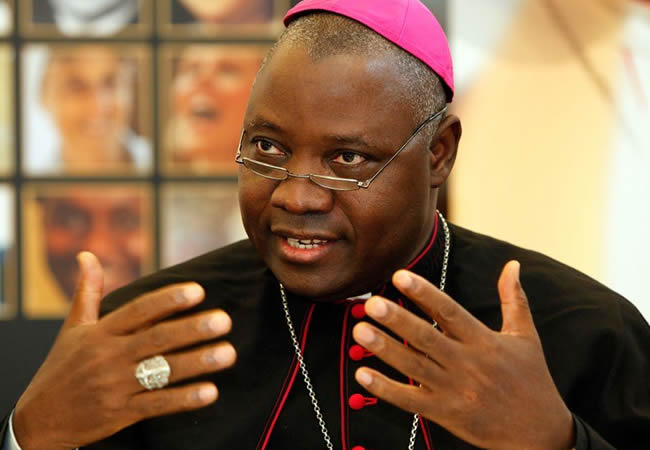

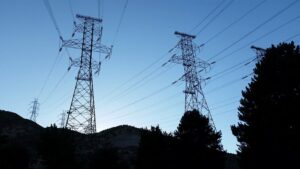
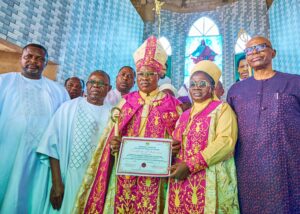

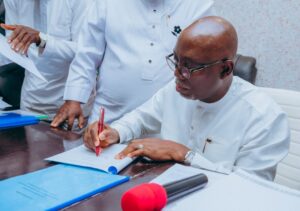

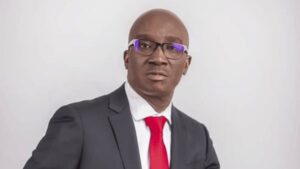



Post Comment